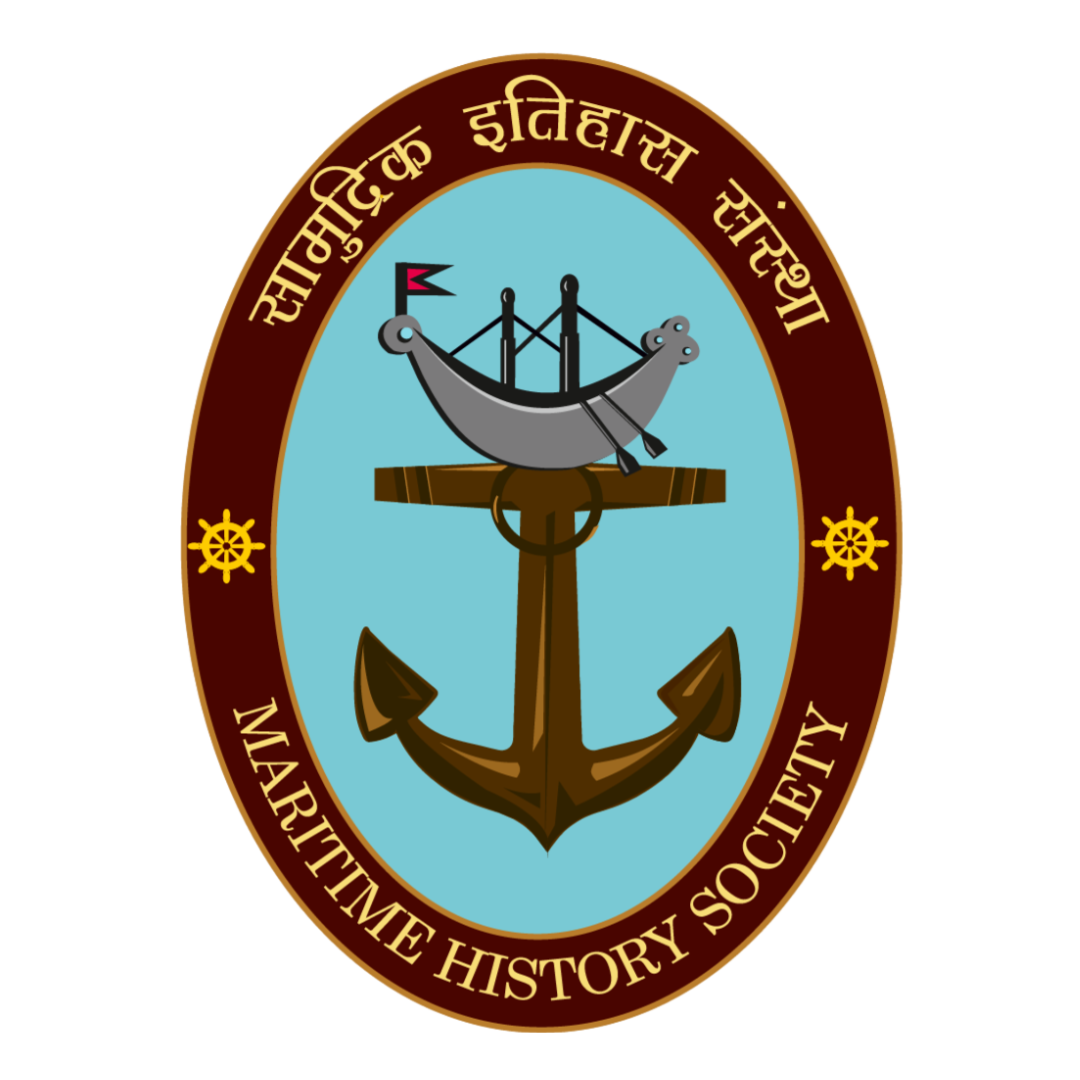Figure 1 Mariam-uz-zamani Source: https://commons.wikimedia.org/wiki/Category:Mariam_uz-Zamani
The grandeur of the Mughal court narrated in the chronicles of foreign travellers are well documented pieces of history. These stories were carried to places far across the world. The Mughals today are well known for their palaces, artworks, marble works, stone intarsia, painted stuccos and tile works. They are also known for their bewitching luxurious fabrics, their magnificent palaces filled with visitors from far and wide and their sumptuous court cultures. One major aspect of the Mughal era is the status and the position of women, both at court and the realms. The Mughal women have always made their presence felt in domains such as literature, art, politics, religion, architecture and trade. Their contributions have in turn helped in strengthening the cause of the Mughal empire. Popular belief portrays Mughal women as caged birds who lacked freedom due to the establishment of a fixed harem (zenana), a sacred and forbidden sphere where women lived, veiled and separated from the courts of the emperor.[1] This caricatured representation of Mughal women can be refuted by the lives of famous Royal women thriving in the empire, notably Mariam-uz-Zamani, Nur Jahan and Jahanara. These women had the benefit of education and were masters of their own will which aided in expanding their horizons over their various pursuits. This article on Mariam-uz-Zamani will be one in a trilogy of the three Mughal Women and their Maritime pursuits.
Mariam-uz-Zamani was one such woman to embark on maritime trade from the Mughal house. She was a Rajput princess of Amer married to the illustrious Akbar and the mother of Jahangir. Her status in Jahangir’s court was of a leading woman, with a high rank of 12,000 cavalry delegated to her name. Being the Queen Mother and surrounded by court politics Mariam-uz-Zamani took keen interest in trade and channelized the capital that she received from her various possessions into maritime trade. Her trade pursuits are widely known today due to her enormous ship Rahimi which sailed under her flags and was captured by the Portuguese. Rahimi was not only a trade ship but also a hajj ship which carried pilgrims from the port of Surat (Hindustan) to Mocha (Yemen) and was famous amongst the Europeans as ‘the great pilgrimage ship’. Rahimi exported indigo, cotton, silk, leather, metals, carpets, spices, opium and jewels. She imported goods which were of interest to the noblewomen like gold, silver, ivory, pearls, amber, perfume, wine, brocade, cutlery and glassware. Mariam-uz-Zamani owned several other ships but Rahimi was the most preferred of sea-going vessels. During the 17th century Rahimi was one of the largest vessels to sail the Indian seas. The ship had room for 1,500 passengers and transported goods worth 100,000 pounds, which today is equivalent to half a billion rupees. A major drawback in these times for the Queen Mother was that, as she belonged to the zenana (harem) she couldn’t trade directly and therefore employed a number of agents, middlemen and financial advisors.[2]
No other ship went through as much trouble as Mariam-uz-Zamani’s ship did. In 1609, the Portuguese threatened to abscond her ship from the entrance of the Red Sea to Diu unless she paid a huge amount for a pass; in order to avoid violence, the two sides settled on a much smaller amount. A few years later in 1613, a major event took place, Rahimi sailed the waters with a Portuguese pass that protected the merchant and hajj ships from pirates and rivals known as a ‘cartaz’. If one would fail to produce a Cartaz the Portuguese fleet would accost, attack and sink the ship. Rahimi was seized by the Portuguese governor D. Jeronymo de Azevedo with 700 hajj pilgrims on board and taken to Goa and demanded ransom. This was taken as an insult to the Emperor by the Queen Mother who felt it was an act of religious persecution by the Portuguese. When it was clear that the Portuguese had no intention of returning the ship, Emperor Jahangir was furious, he ceased all trade through Surat and ordered Muqarrab Khan, his agent, to lay siege to the Portuguese territory of Daman. He closed the Jesuit church in Agra and suspended all allowances to Portuguese priests in the Empire. This event only vitalized and created English as the only primary foreign power in trade over the Portuguese at the Mughal Court of Emperor Jahangir.[3]
The role of Rahimi, its capture and the outrage that followed explains a Mughal woman’s extraordinary stand and the financial prospects available to her in trade. After Mariam-uz-Zamani, other women in the Mughal court followed suit. These women played an important role in the political, economic and diplomatic institutions of the Mughal State, however this aspect of Mughal women in public life is seldom highlighted. The unconventional role they played in maritime trade can only gauge the power and authority these women wielded.
[1] Ruby Lal, Domesticity and Power in the Early Mughal World (Cambridge Studies in Islamic
Civilization. Cambridge: Cambridge University Press, 2005), p 215.
[2] Ira Mukhtoy, Daughters of the Sun: Empresses, Queens and Begums of the Mughal Empire, Aleph Book Company, New Delhi, 2018, p 142.
[3] Findly, E. B.,The Capture of Maryam-uz-Zamānī’s Ship: Mughal Women and European Traders. Journal of the American Oriental Society 108(2), 1988, pp 227- 235.




0 Comments